Pain on the outside of the hip is often mistaken for irritation of the greater trochanteric bursa, but research indicates that gluteal tendinopathy is the more common cause. This condition affects the tendons of the gluteus medius and minimus muscles, leading to discomfort, weakness, and difficulty with certain movements.
What Causes Gluteal Tendinopathy?
Gluteal tendinopathy typically develops due to excessive compression or overload of the gluteal tendons. Some common contributing factors include:
Repetitive movements that strain the hip tendons
Prolonged sitting with legs crossed
Poor biomechanics in activities like walking or running
Weak hip stabilizing muscles
How Running Can Cause or Worsen Gluteal Tendinopathy
Running places significant stress on the gluteal tendons, and improper mechanics can increase the risk of developing tendinopathy or make existing symptoms worse. Some key factors include:
Excessive Hip Adduction: If the knees collapse inward while running, it increases compression on the gluteal tendons, leading to irritation over time.
Overstriding: Landing with the foot too far in front of the body increases impact forces, putting additional strain on the hip stabilizers.
Reduced Running Cadence: A slow step rate can result in increased ground contact time, which in turn exacerbates hip adduction and internal rotation.
Weakness in Hip Abductors: If the glute muscles aren’t strong enough to stabilize the pelvis, other muscles compensate, leading to increased load on the tendons.
Poor Footwear or Running Surface: Hard surfaces and improper footwear can alter running mechanics, increasing the likelihood of gluteal tendon irritation.
Managing Gluteal Tendinopathy: Reducing Compression
The initial goal in managing gluteal tendinopathy is to minimize provocative activities. Some simple adjustments include:
Avoid sitting with legs crossed to reduce tendon compression.
Use a pillow between your knees while sleeping to prevent excessive hip adduction.
Modify running form by increasing cadence slightly and ensuring proper hip alignment.
Strengthening Exercises for Gluteal Tendinopathy
A structured rehabilitation program is crucial for recovery. Strengthening the gluteal muscles helps reduce stress on the tendons and improves overall stability.
1. Isometric Exercises
Isometric exercises involve holding a position to build tendon strength without excessive movement. A good starting point is the side plank, held for 30 seconds.
2. Concentric-Eccentric Exercises
Once pain improves, controlled movements such as standing hip abductions with a resistance band and side-lying hip raises help further strengthen the gluteal muscles.
3. Plyometric Exercises
For those returning to higher-impact activities, lateral hops and skater jumps are beneficial in the later stages of rehab.
Returning to Running After Gluteal Tendinopathy
For runners recovering from gluteal tendinopathy, a gradual return to running is key. Here are some important considerations:
Increase Cadence: Aim for 170-180 steps per minute to reduce ground contact time and decrease strain on the gluteal tendons.
Focus on Proper Form: Avoid excessive hip adduction and overstriding. Consider working with a specialist to refine your running mechanics.
Use a Run/Walk Approach: Start with intervals, such as 1 minute of running followed by 1 minute of walking, and gradually increase running time as symptoms allow.
Consider Alternative Activities: If running continues to cause discomfort, try lower-impact options like cycling, swimming, or elliptical training to maintain fitness while reducing tendon stress.
Seeking Professional Help
At Boulder Sports Chiropractic, we specialize in diagnosing and treating gluteal tendinopathy with evidence-based techniques, including:
Biomechanical Assessments to address movement inefficiencies
Shockwave Therapy, Dry Needling, and Class IV Laser Therapy to promote healing and pain relief
Customized Rehabilitation Programs to restore strength and prevent future injury
If you’re experiencing hip pain or discomfort while running, schedule an appointment with us today to get back to pain-free movement!
